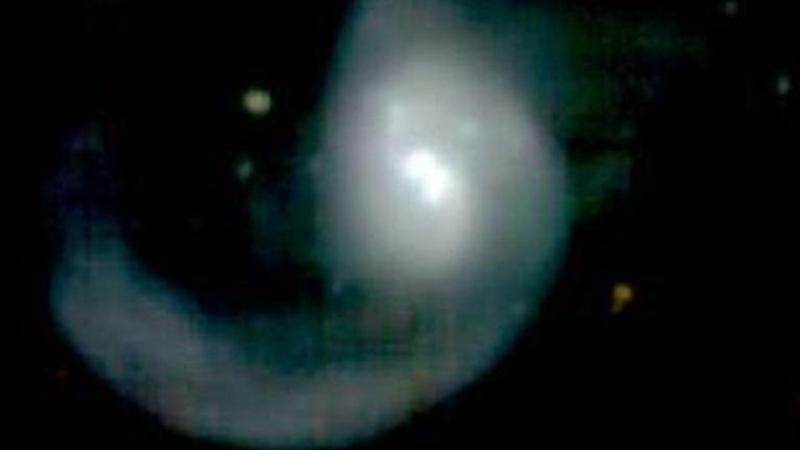Published 07:58 IST, January 18th 2021
NASA reveals ‘previous trustworthy’ galaxy has brilliant outbursts every 114 days
As per a news release by NASA, a team has discovered a distant galaxy that erupts roughly every 114 days. The researchers saw repeated outbursts

An international team has discovered a distant galaxy that erupts roughly every 114 days, as per a news release by NASA. The researchers saw repeated outbursts, every 114 days, in a galaxy which is some 570 million light-years away from Earth. As per NASA, the scientists have studied 20 repeated outbursts of an event called ASASSN-14ko.
Old galaxy investigated
Anna Payne, a NASA Graduate Fellow at the University of Hawai’i at Mānoa, said, “These are the most predictable and frequent recurring multiwavelength flares we’ve seen from a galaxy’s core, and they give us a unique opportunity to study this extragalactic Old Faithful in detail”. She added, “We think a supermassive black hole at the galaxy’s center creates the bursts as it partially consumes an orbiting giant star”. The findings were presented by Payne on January 12 at the virtual 237th meeting of the American Astronomical Society.
Astronomers have highlighted that the galaxy has unusually bright and variable centers as active galaxies. They claim that these objects can produce much more energy than the combined contribution of all their stars. However, the astronomers are interested in finding active galaxies with flares that happen at regular intervals. This might help them in identifying a new phenomenon.
Jeremy Schnittman, an astrophysicist at NASA’s Goddard Space Flight Center in Greenbelt, Maryland, said, “ASASSN-14ko is currently our best example of periodic variability in an active galaxy, despite decades of other claims, because the timing of its flares is very consistent over the six years of data Anna and her team analyzed. This result is a real tour de force of multiwavelength observational astronomy”.
For a detailed look at the flare, researchers used TESS data. Talking about the same co-author Patrick Vallely said that the data provided a very ‘thorough’ picture. Padi Boyd, the TESS project scientist at Goddard said, “TESS was primarily designed to find worlds beyond our solar system. But the mission is also teaching us more about stars in our own galaxy, including how they pulse and eclipse each other. In distant galaxies, we’ve seen stars end their lives in supernova explosions. TESS has even previously observed a complete tidal disruption event. We’re always looking forward to the next exciting and surprising discoveries the mission will make”.
(Image Credits: NASA)
Updated 07:58 IST, January 18th 2021



